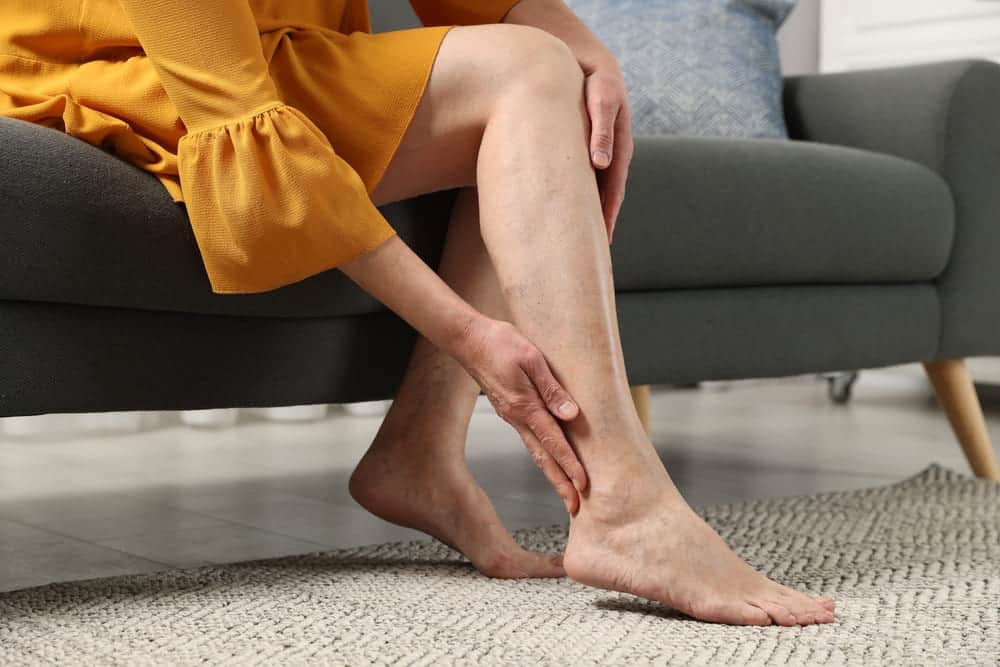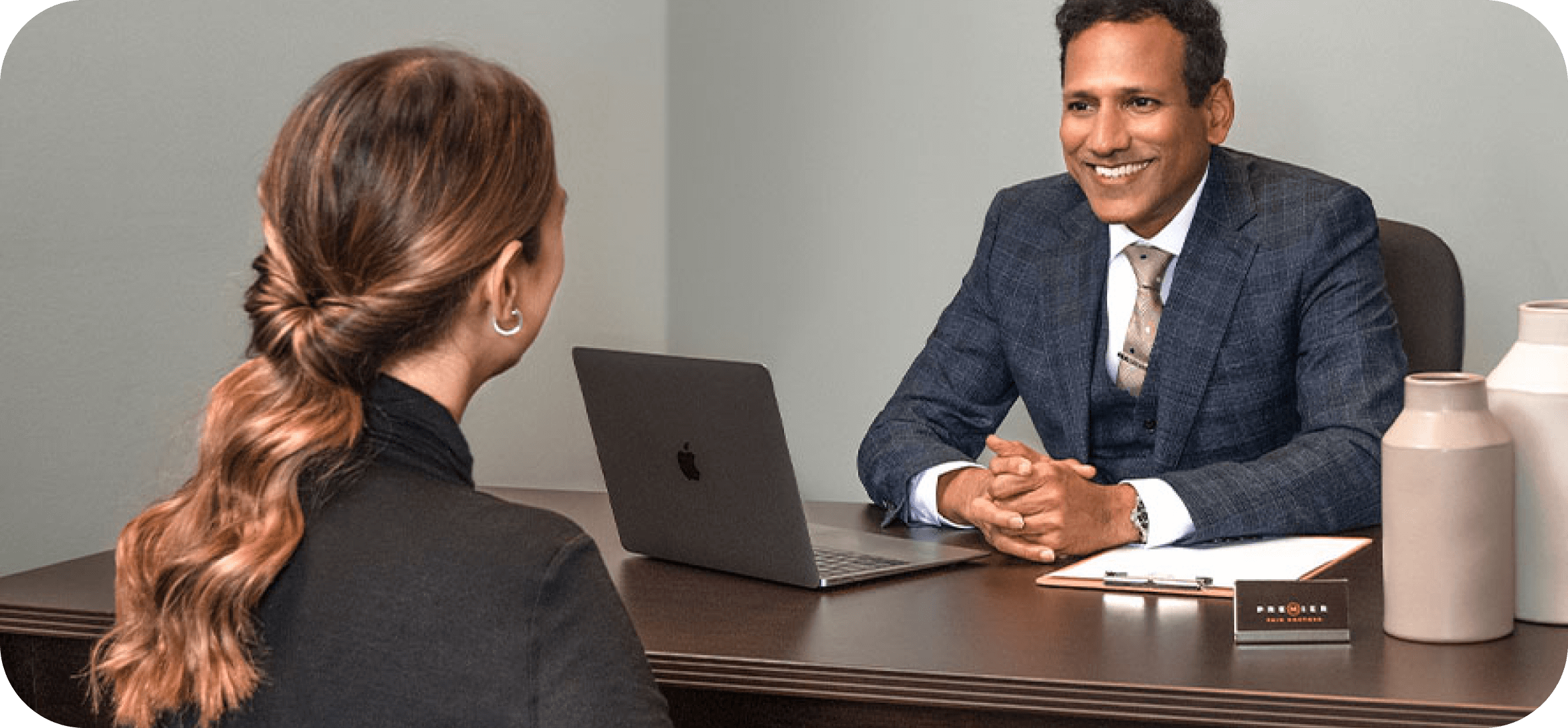You notice twisted, bulging veins snaking down your legs, and you wonder if this common condition requires medical attention. A varicose vein develops when blood pools in weakened vessels, creating those distinctive blue or purple protrusions that affect your ability to enjoy life pain-free. If you experience discomfort, specialists for pain management in Pennsylvania can provide effective treatment.
In this guide, Premier Med Group will explain varicose vein development and management options.
What Causes Varicose Veins To Develop
Understanding the causes of varicose veins helps you recognize risk factors and take preventive measures. Your veins contain one-way valves that help blood flow back to your heart against gravity. When vein valves weaken or stop working properly, blood flows backward and collects, causing the vein to enlarge and bulge.
Age and genetics play significant roles, as family history increases your risk, and aging naturally weakens vein walls and valves. According to research published in the National Library of Medicine, varicose veins are reported in up to 30% of the general population, with significantly increased rates in the older population.
Pregnancy and hormonal changes can enlarge leg veins due to increased blood volume and fluctuating hormone levels. Women develop varicose veins more frequently than men. It’s estimated that 11 million men and 22 million women in the U.S. have varicose veins.
Lifestyle factors also contribute to varicose vein development. Prolonged standing or sitting reduces circulation, particularly in jobs requiring long periods on your feet or at a desk. Excess weight puts additional pressure on your leg veins, making obesity another key risk factor.
Recognizing Varicose Vein Symptoms
Varicose vein symptoms range from purely cosmetic concerns to painful complications that affect your daily activities. You might first notice the visual appearance before experiencing physical discomfort. Early recognition helps you seek prompt treatment before complications develop.
Common symptoms include:
- Visible changes: Twisted, rope-like veins that appear blue, purple, or dark-colored beneath your skin
- Physical discomfort: Aching, heaviness, burning, or throbbing sensations in your legs
- Swelling: Ankle and lower leg swelling, especially after prolonged standing
- Skin changes: Itching around affected veins, discoloration, or dry, irritated skin
- Muscle cramps: Nighttime cramping in your calves or sudden pain when standing
According to the Mayo Clinic, some people experience worsening pain after sitting or standing for extended periods. You might also notice that symptoms improve when you elevate your legs or wear compression stockings.
Effective Varicose Vein Treatment Options
Modern varicose vein treatment options offer practical solutions for cosmetic and medical concerns. Healthcare providers can recommend treatments ranging from conservative management to minimally invasive procedures. Doctors will consider symptom severity, vein size, and overall health when selecting the best approach.
Medical vein treatment options provide definitive results for persistent varicose veins:
- Sclerotherapy treats problem veins through an injection with a solution that makes them collapse and fade away.
- Radiofrequency ablation (RFA) uses heat to treat affected veins through a minimally invasive procedure.
- Laser therapy uses concentrated light to target spider and varicose veins, damaging them so the body can naturally absorb and eliminate them.
- Varithena uses injectable foam to treat incompetent veins and improve the appearance of visible varicosities.
Most procedures allow you to return home the same day with minimal downtime. A specialist will discuss which option best suits your specific condition and lifestyle needs.
Promoting Long-Term Vein Health Awareness
Vein health awareness involves understanding how daily habits affect your circulatory system so you can implement preventive strategies. Simple lifestyle changes often provide significant benefits for overall vascular health when combined with professional guidance.
Prevention strategies focus on improving circulation. Regular walking, swimming, or cycling strengthens calf muscles, helping to pump blood upward. Maintaining a healthy weight decreases pressure on your leg veins.
Simple efforts, like changing positions frequently during the day, prevent blood from pooling. Healthcare providers may recommend compression stockings to support circulation and prevent existing varicose veins from worsening.
When To Seek Professional Vascular Health Care
Knowing when to pursue vascular healthcare helps you prevent complications and ensures you receive appropriate treatment. According to CDC data from 2023, 24.3% of adults experience chronic pain, and 8.5% suffer from high-impact chronic pain. To avoid your condition from elevating into a chronic concern, you need to act promptly.
Schedule a consultation if you experience persistent pain that interferes with daily activities, skin changes like discoloration or open sores, significant swelling that doesn’t improve, any bleeding from varicose veins, or signs of blood clots such as sudden leg pain and warmth. Specialists for pain management can go over your comprehensive vein treatment options.
Do You Need Help With Your Pain Management in Pennsylvania?
Understanding varicose vein development, symptoms, and treatment options empowers you to make informed decisions about your vascular health. At Premier Med Group, our doctors provide comprehensive evaluations and personalized treatment plans to address your specific needs and concerns. For detailed information about varicose veins pain management tips, visit our comprehensive guide.
Our doctors accept most insurance plans, including workers’ compensation, no-fault, and PIP (personal injury protection). Same-day appointments may be available. Contact Premier Med Group at (908) 904-1900 to schedule your varicose vein consultation and take the first step toward a healthier, more comfortable life.
Frequently Asked Questions About Varicose Veins
These frequently asked questions address concerns about safety, treatment effectiveness, and recovery timelines. Understanding these key points can help you make informed decisions about your vascular health.
Do Varicose Veins Go Away on Their Own?
Varicose veins typically do not disappear without treatment. Pregnancy-related varicose veins may improve after delivery, but most require professional intervention.
What Is the Best Treatment for Varicose Veins?
The best treatment for varicose veins depends on your specific condition. Options range from compression stockings and lifestyle changes to minimally invasive procedures like sclerotherapy or endovenous ablation.
How Long Do Varicose Vein Treatments Take?
Most minimally invasive procedures take 30 to 60 minutes and allow for same-day discharge. Recovery time varies but typically ranges from a few days to two weeks.
Can I Exercise With Varicose Veins?
Yes, regular exercise often helps improve circulation and reduce symptoms. Low-impact activities like walking, swimming, and cycling are particularly beneficial for varicose veins.



